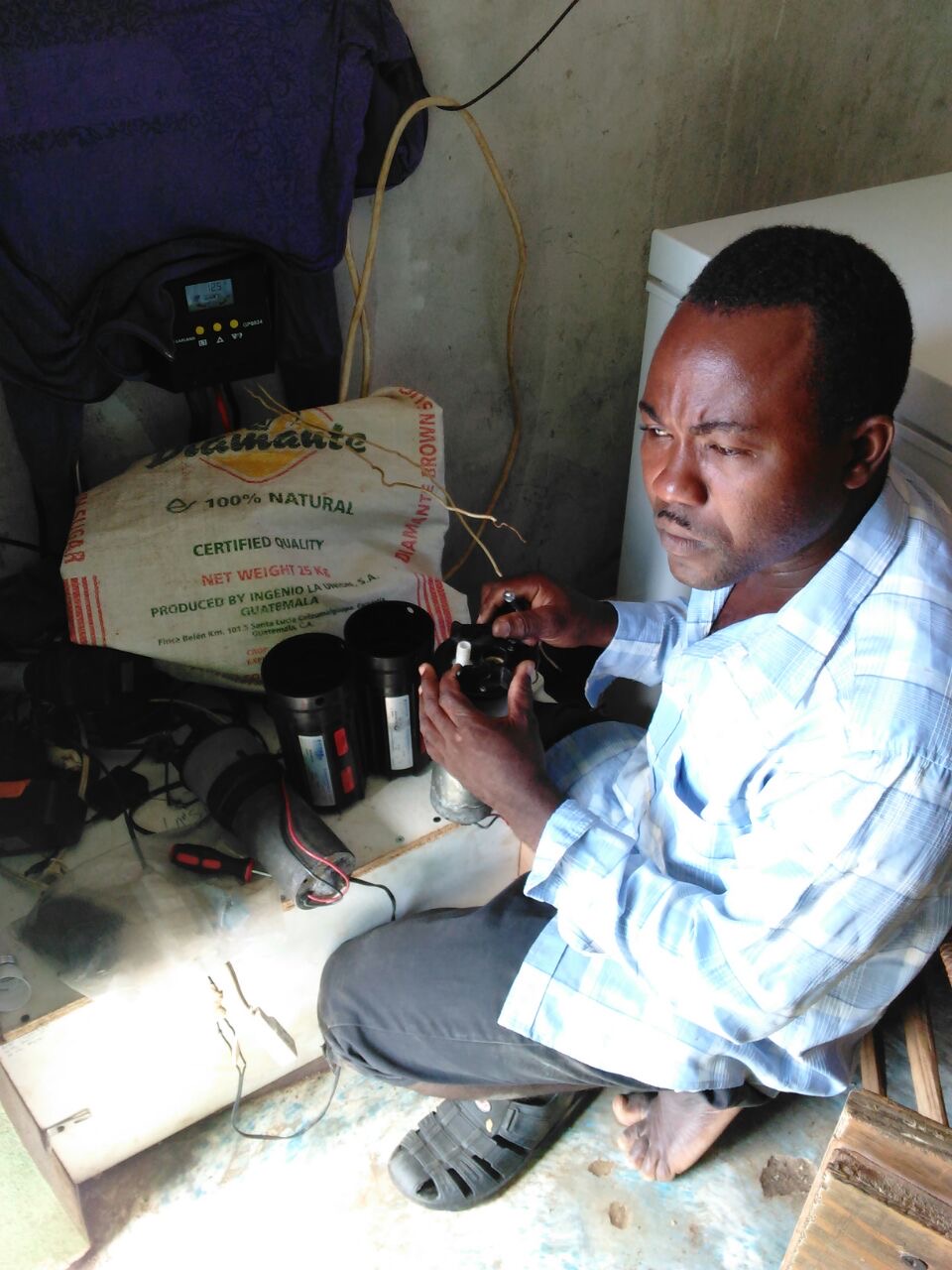Food doesn’t grow on trees…
Food doesn’t grow on trees here. It must be coaxed, nurtured, wheedled, and cajoled out of the dry earth.
Mostly, if you try to grow carrots, the piglets will dig them up; mostly carrots, like mostly everything else, has to be purchased up at the weekly market at the site of old Fort Kampon.
This market, “upstairs," as I quipped, is an hours' hike, depending on if you are Haitian or blan and the time of day. My neighbors are out the door with laden baskets on their heads by 4 a.m. If I make it out before 7, the hike will go faster before the sun gets strong.
Yes, it can take me 2 hours.
The Fort Kampon market is where Madame Andre taught me how to sell rice by the tin can, yon gwo marmite, yon ti mamite.
It was one of those cans from Maxwell House coffee — yes they used small tomato sauce cans, and Maxwell House, coffee tins, precious containers.
And no, you would never, ever throw away a plastic bag!
Yes, I measure, I learn. It was a great beginning. Understanding the world.



















